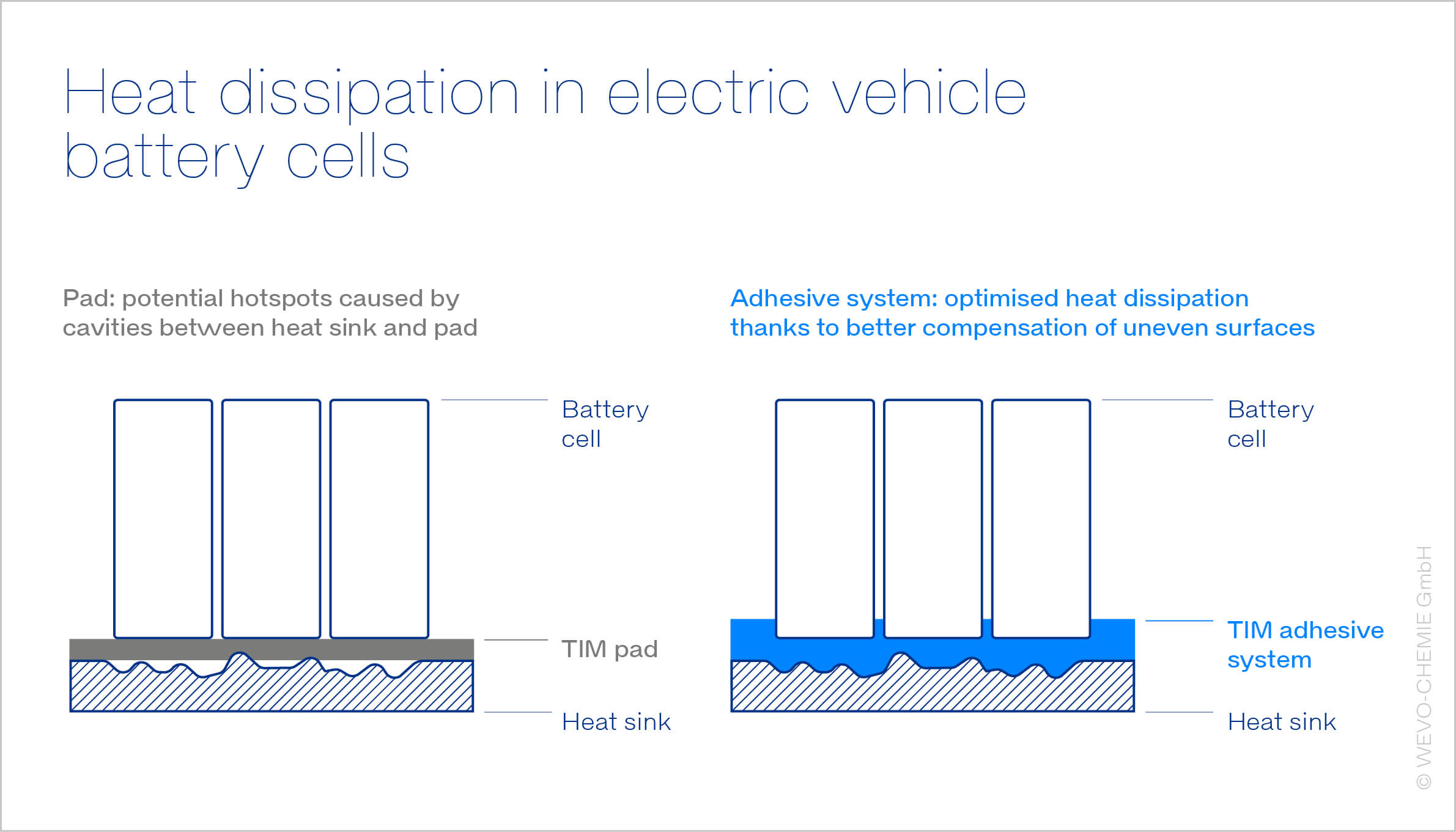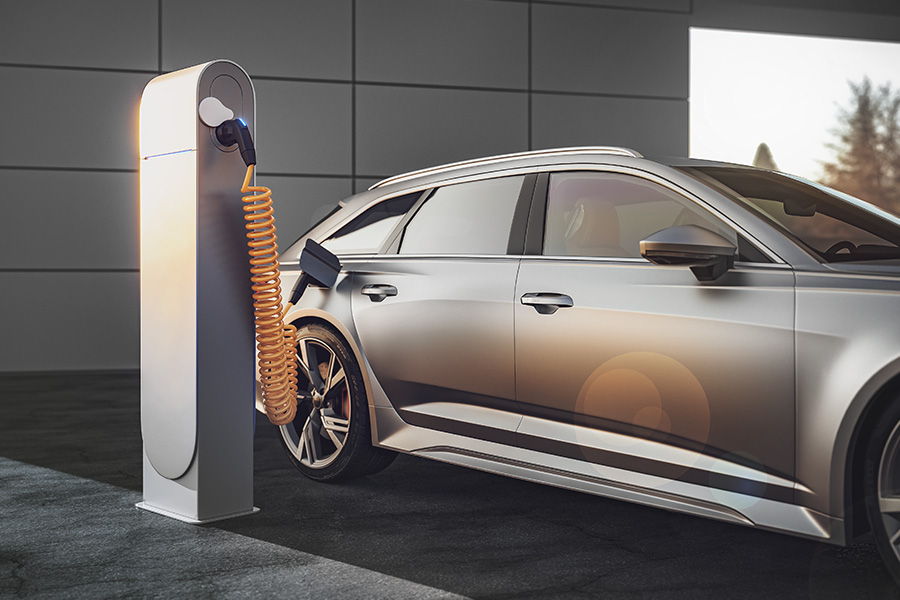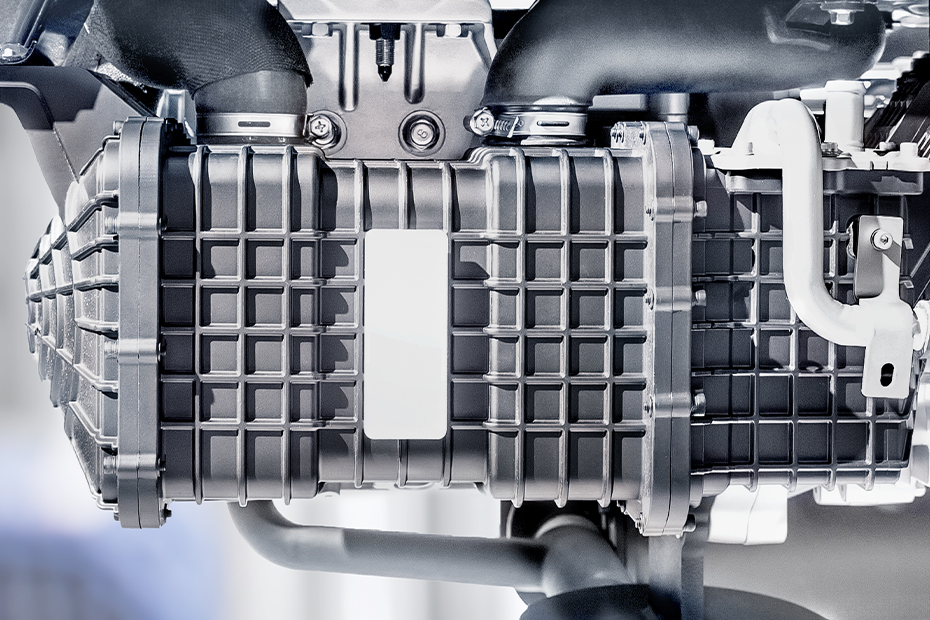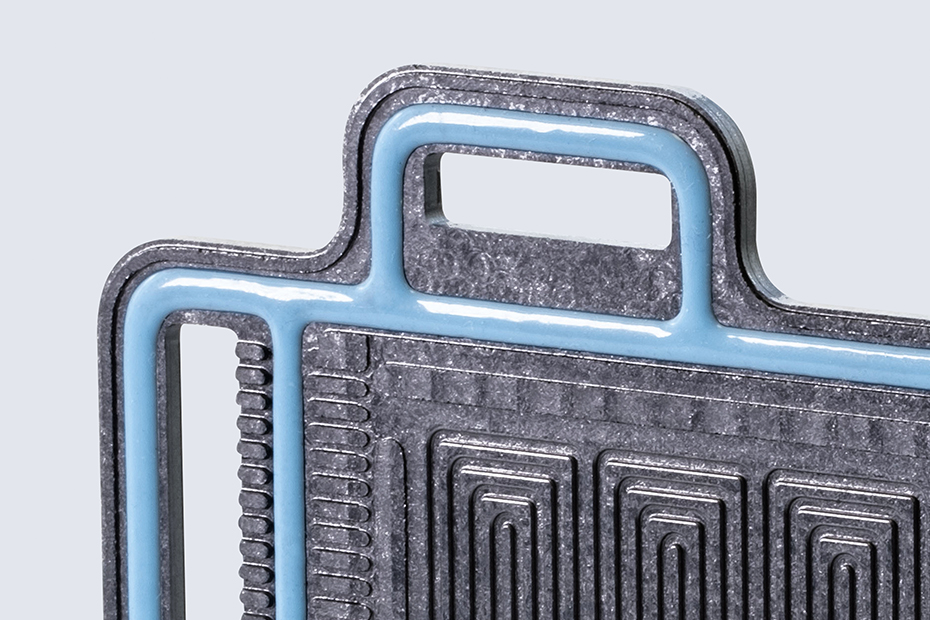1. No warranties regarding correctness, completes or up-to-dateness of website
The content of this website is created in accordance with our current practices and polices, and with the benefit of information currently available to it. Notwithstanding our efforts to ensure the accuracy of the website, we do not assume any responsibility for the up-to-dateness, correctness and completeness of its contents, or for any inaccuracies, omissions, mis-statements or errors contained therein, or for any economic or other loss which may be directly or indirectly sustained by any visitor to the website or other person who obtains access to the material on the website. The use of any content of this website takes place at user’s own risk.
The contents on this website are for general information only and nothing in the website contains professional advice or any binding commitment upon Wevo in relation to the availability of the products or services provided by Wevo. Contributions characterized by name express the respective author's own opinion and not the opinion of Wevo.
2. External links
The website contains links to third-party websites ("external links"). These websites are subject to the liability of the respective operators. Neither we nor any member of the Wevo Group take any responsibilities for contents of external links directly or indirectly provided on this website (e.g. by “hyperlinks” or “deeplinks”) and express any approval thereof. Your access to and use of an external website is at your own risk and subject to any terms and conditions applicable to such access and use. By providing external links, we shall not be deemed to
(a) endorse, recommend, approve, guarantee or introduce any third party or the products or services it provides on the external website, or
(b) have any form of cooperation with such third party. We are not a party to any contractual arrangement entered into between you and the provider of any external website unless we expressly specify or agree, or
(c) liable for any damages arising out of or in connection with any illegal, incorrect or incomplete contents of the external links.
3. Copyright and IP Rights
The contents published on this website are protected by copyright. You are not allowed to modify, reproduce, store in a retrieval system, transmit, copy or distribute these contents (or any part of them), or use them for creating derivative works or in any other way for commercial or public purposes without our prior written consent. Only the creation of copies and downloads for personal and private and non-commercial use is permitted.
The use of this website as external link shall only be permitted upon prior written approval of Wevo.
We and other parties (as applicable) own the trademarks, trade names, logos and service marks (collectively, "trademarks") that are used or displayed on this website. Citations of trademarks of third parties have a purely informative character. You are not allowed to use any trademarks without our or such other parties' prior written permission.
4. Email
Due to the nature of the Internet, electronic communications may be subject to interruption, transmission blackout, delayed transmission or incorrect data transmission. We are not liable for malfunctions in communications facilities beyond our control that may affect the accuracy or timeliness of messages you send.
5. General Terms and Conditions
WEVO Chemical (Asia-Pacific) Limited and its subsidiaries operate under General Terms and Conditions, available here as pdf file.
6. No use of the contact details of this website for commercial advertising
The use of the contact details of this website for commercial advertising is explicitly prohibited unless we explicitly agree to it in writing prior to any commercial advertising or in the ordinary course of an existing business relationship. Wevo and any person as stated on this website hereby explicitly object any commercial use or unauthorized transfer of their data.
7. Legal information
The terms of use of this website are governed by and construed under the laws of Hong Kong. Each party hereby submits to the exclusive jurisdiction of the courts of Hong Kong, and waives any jurisdictional, venue, or inconvenient forum objections to such courts.
Any failure by Wevo to enforce any of its rights under these terms or applicable laws shall not constitute a waiver of such right. If any provision is found by a court of competent jurisdiction to be invalid, you, Wevo, and the court shall endeavor to give effect to the intent reflected in that provision, and the remaining provisions shall retain their full force and effect.
You agree to follow any applicable laws in your use of this website and will not transfer, directly or indirectly, by electronic transmission or otherwise, any content, personal data or software from this website in violation of such laws or regulations.
Please also read the Privacy Policy, which are part of the terms of use of this website and which you accept.



